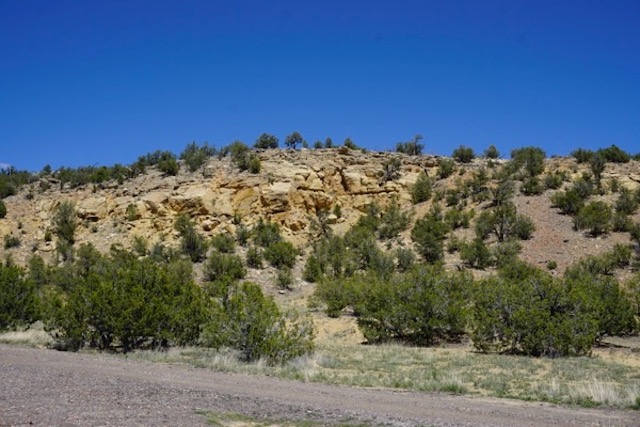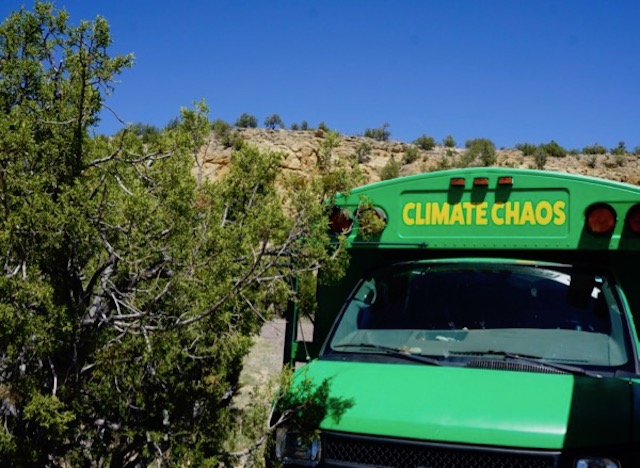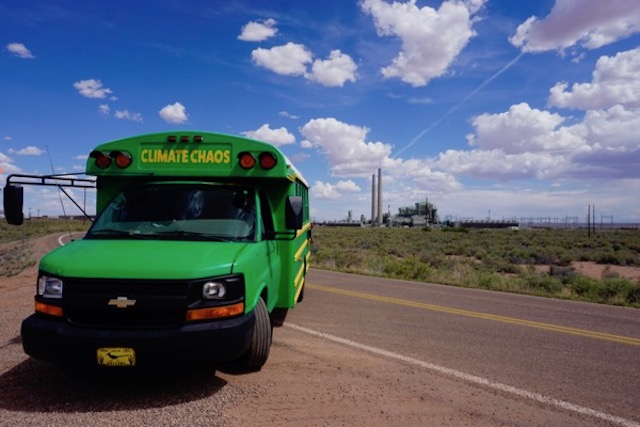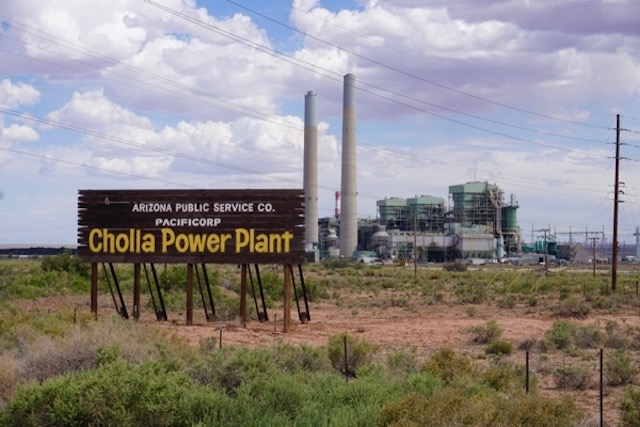NJ Still Has No Climate Adaptation Policy, Plan, Planning Process, or Regulations
Corporate Giant Suez Fills Void
Ad Hoc permit imposed 500 year storm for wastewater not mandated for dam safety
The little known NJ Water Supply Advisory Council (WSAC) will meet next Friday in Lawrenceville. The WSAC meets monthly, typically in a sparsely attended DEP or USGS conference room.
WSAC historically has kept controversial and important policy discussions confined to a small circle of industry engineers and DEP regulators and remained below the media radar, except for a brief period during the Christie administration, during the controversy regarding DEP’s failure to upgrade the State Water Supply Plan.
The WSAC was created by the Legislature to provide science based recommendations to DEP: (DEP WSAC website)
P.L. 1981, Chapter 262, also known as the Water Supply Management Act was enacted by the Senate and General Assembly concerning the management of water in New Jersey and ensuring an adequate water supply for its residents. Also established by this Act was the Water Supply Advisory Council (WSAC), which advises the Department concerning the next iteration of the New Jersey State Water Supply Plan (NJSWSP) and other related water supply resource issues.
The WSAC and DEP will receive a hugely important briefing from Suez on a critical climate adaptation issue. Item #6 on the WSAC agenda:
Climate Resilience Evaluations in Northern New Jersey and Delaware –Alberto Quiroz Centeno, Suez
Suez is a large private corporation that provides water resource infrastructure, management and consumer services in NJ. I assume the agenda reference to “Delaware” is the Delaware River, not the State.
I also assume that their “climate resilience evaluations” have an inherent bias and conflict of interest, and will be self serving, not serving science and the public interest (see cost implications of the technical details below).
Climate resilience is a critical issue in NJ, as illustrated by the billions of dollars in damages caused by Superstorm Sandy and the billions of dollars in infrastructure upgrades that public and private utilities are seeking approval of by the NJ Board of Public Utilities.
The Delaware River has huge flooding problems, as does north jersey.
In addition to the risks and impacts created by climate change, numerous studies have documented the need for billions of dollars of investment required to keep NJ’s crumbling water supply, wastewater, stormwater, and dam infrastructure functioning safely.
Shockingly, despite these huge environmental, safety and financial impacts, the State of NJ still has no statewide policy, no plan, no planning process, or no regulations to address climate change (adaptation or emissions mitigation) or critical infrastructure.
(The Murphy DEP recently embarked on a locally focused voluntary regional coastal resilience plan, but that process is small bore, voluntary, locally based, not statewide, not comprehensive, and not linked to State laws and DEP planning and regulatory programs. This is a “silo” structured & privatized prescription for failure by design).
(Similarly, DEP’s “Asset Management Guidance”, despite including Sandy funds, shockingly fails to even consider climate change impacts on infrastructure. However, that Guidance does stress the importance of public involvement – but cynically, largely to generate public support to justify “full-cost utility rates“, not educate the public about the problem – something lacking in the Suez work
Public Outreach
Explaining the importance of asset management to the decision makers and the public is essential because the benefits of a successful asset management plan are realized over time and may not be readily apparent (i.e. the number and severity of emergencies minimized/avoided). Therefore utilities should consider working with NJDEP to do appropriate public education in conjunction with asset management planning efforts. Communicating the successes and realized benefits (e.g. the reduced costs of proactive maintenance vs. emergency costs and service disruptions) is essential to justifying full-cost utility rates and retention of sufficient revenues to ensure long-term capital reinvestment and system viability.
Importantly, the DEP Asset Management Guidance does indirectly address climate change impacts, but climate is not mentioned and the scope of the application of the technical infrastructure issue with respect to the 500 year design storm is extremely narrow (e.g. it does not address the volume of rainfall and runoff from a 500 year storm, or other relevant projected climate impacts – see technical end note):
- Elevating critical structures and system components (see Infrastructure Flood Protection section above), etc., above the FEMA 500-year flood elevations
So, the upcoming WSAC briefing on climate resilience fills a very important policy and planning void.
Because I am unable to attend this important meeting, I wrote to DEP to ask the following questions at the meeting.
I hope the media and my former environmental and climate colleagues attend this meeting and ask similar questions (particularly in light of a recent Rutgers/Eagleton poll which found that NJ residents lack knowledge of climate change).
1) Why is a private company, Suez, doing this kind of critical climate adaptation and infrastructure work on their own with no public knowledge or involvement, instead of DEP conducting the work in the context of either the Water Supply Master Plan planning process or a statewide climate adaptation planning process, which are public with public awareness and include public involvement?
This sounds like outsourcing essential public planning processes that are DEP’s responsibility under NJ State law.
2) Suez has touted their climate work in upgrading the Woodcliff Lake dam to consider climate change, see:
SUEZ IN NORTH AMERICA COMPLETES MAJOR SAFETY UPGRADE TO WOODCLIFF LAKE DAM
“With powerful storms like Sandy and Irene occurring more frequently in recent years, purveyors of water supply dams must do what they can to protect the integrity of their facilities. The infrastructure will now be able to withstand a storm event equivalent to nearly four times the intensity of Tropical Storm Floyd.”
Based on these Suez claims:
a) What was the “design storm” that formed the basis of the safety upgrades, purported to address climate change risks and impacts?
b) Who chose that design storm?
c) Does DEP have regulations that mandate a minimum design storm?
d) Since design storm frequency drives exponentially larger volumes of rainfall and runoff, the “nearly four times” linear metric used by Suez may be misleading. Can DEP and/or Suez provide the data to support these claims? i.e. the numbers on rainfall and stormwater runoff and lake storage capacity.
3. FYI, I reviewed the Feasibility study for the upgrade, see:
http://www.hillsdalenj.org/vertical/Sites/%7BFE916F8D-CA48-4788-B4B7-6A2BF8501398%7D/uploads/Woodcliff_Lake_Dam_Study_Report_2013-05-08.pdf
In Table 1 on page 18, a US Army Corps of Engineers Flood Protection Feasibility Study compares costs of 100 and 200 year design storms. Note the huge cost increases, from $76 million to $116 MILLION.
In contrast, DEP recently imposed a 500 year design storm on a wastewater treatment plant, as NJ Spotlight reported, see:
STATE WANTS SEWER PLANTS TO PLAN FOR 500-YEAR STORMS, EXTENDED OUTAGES
In an effort to prevent raw sewage from spilling into New Jersey’s waterways, the state is beginning to require sewer plants to plan for 500-year storms and to prepare for extended outages of up to 14 days.
The new requirements are incorporated in draft permits issued by the state Department of Environmental Protection to wastewater treatment plants. They are part of an effort to deal with the recurring problem of untreated sewage mixing with runoff from storms, taxing the capacity of facilities to remove the pollutants, often to the detriment of rivers and bays. […]
“It’s extremely significant,’’ said Bill Wolfe, director of the New Jersey chapter of Public Employees for Environmental Responsibility, who first reported the changes on his blog, wolfenotes.com. “It will make a difference.’’
Why would DEP impose permit conditions for a 500 year design storm for a wastewater treatment facility and yet apparently not impose the same level of protection for dam safety and other water supply infrastructure?
The USACE and local feasibility study for the Woodcliff Lake dam upgrade made no mention of DEP regulatory requirements or design storm frequency.
Could you clarify these issues and provide responses to these questions?
I appreciate your assistance.
[End Note: The DEP Asset Guidance incorporates by reference, in a footnote, to the following technical requirements:
ii See recommendations for critical infrastructure in: The American Society of Civil Engineers (ASCE) code referred to as “ASCE 24-05: Flood Resistant Design and Construction,” FEMA’s Hurricane Katrina Recovery Advisory: “Designing for Flood Levels Above the BFE,” and the Association of State Floodplain Mangers, Inc. position paper “Critical Facilities and Flood Risk.”
Buildings and structures that contain essential facilities and services necessary for emergency response and recovery, or that pose a substantial risk to the community at large in the event of failure, disruption of function, or damage by flooding. Flood Design Class 4 includes (1) hospitals and health care facilities having surgery or emergency treatment facilities; (2) fire, rescue, ambulance, and police stations and emergency vehicle garages; (3) designated emergency shelters; (4) designated emergency preparedness, communication, and operation centers and other facilities required for emergency response; (5) power generating stations and other public utility facilities required in emergencies; (6) critical aviation facilities such as control towers, air traffic control centers, and hangars for aircraft used in emergency response; (7) ancillary structures such as communication towers, electrical substations, fuel or water storage tanks, or other structures necessary to allow continued functioning of a Flood Design Class 4 facility during and after an emergency; and (8) buildings and other structures (including, but not limited to, facilities that manufacture, process, handle, store, use, or dispose of such substances as hazardous fuels, hazardous chemicals, or hazardous waste) containing sufficient quantities of highly toxic substances where the quantity of the material exceeds a threshold quantity established by the authority having jurisdiction and is sufficient to pose a threat to the public if released. [Note (b)]






